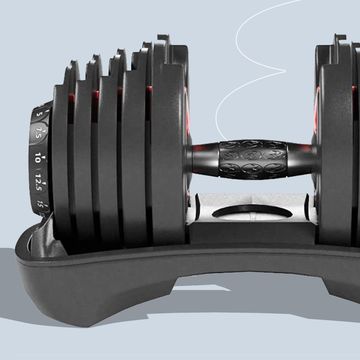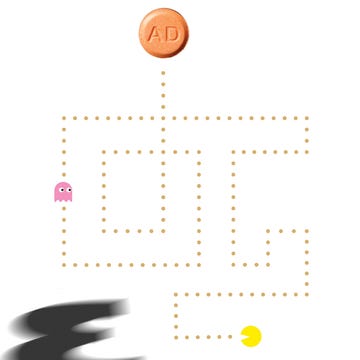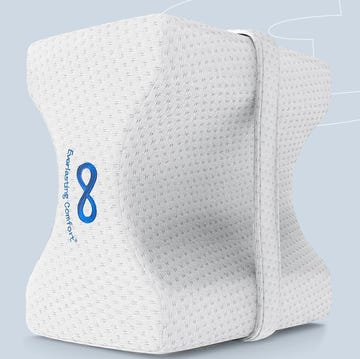In America, we generate 10.5 million tons of plastic waste per year with only 1-2% being recycled. Ditching the synthetic material known as plastic is a tough endeavor for any American, even the greenest among us. In our everyday lives, it's everywhere. It's up to us to be vigilant about which plastic products we're choosing to use and which ones must be avoided due to potentially toxic effects that can have serious consequences for our health. One trick you can use to figure out which plastics to avoid is to decode the recycling symbols and knowing what those numbers inside the triangular recycling code mean. Here are three to avoid:
Plastic No. 3
Found in condiment bottles, teething rings, toys, shower curtains, window cleaner and detergent bottles, shampoo bottles, cooking oil bottles, clear food packaging, wire jacketing, medical equipment, siding, windows and piping, No. 3 plastics are at risk of releasing toxic breakdown products like phthalates into food and drinks. Also, the manufacturing of PVC is known to release highly toxic dioxins into the environment.
Plastic No. 6
Better known as polystyrene or Styrofoam, No. 6 plastics are found in disposable plates and cups, meat trays, egg cartons, carry-out containers, aspirin bottles and compact disc cases. You should particularly watch out for insulated Styrofoam cups which, when heated, can release potentially toxic breakdown products like styrene into your coffee or tea. Number 6 plastics have also become notorious for being one of the most difficult plastics to recycle.
Plastic No. 7
The so-called "miscellaneous" plastic, No. 7 is a catch-all for various types of plastics, including those found in baby bottles, three- and five-gallon water bottles, 'bullet-proof' materials, sunglasses, DVDs, iPod and computer cases, signs and displays, certain food containers and nylon. Number 7 plastics are made up of various resins, which fit into no other categories; while some are safe, some are suspect. Some contain Bisphenol A (BPA), a synthetic estrogen that could disrupt the human hormone system, causing various health effects.
It's estimated that over 300 million tons of plastic is produced worldwide, and nearly all of it is made from oil. (Even the corn-based plastics may not be much better for the environment, depending on how you measure impact.) In addition to avoiding specific plastics, use reusable cups and cutlery, carry a reusable bag, look for minimally packaged products, and otherwise avoid plastic whenever possible. And, of course, recycle all the plastics you can, and urge your community to expand recycling programs for all plastics.













